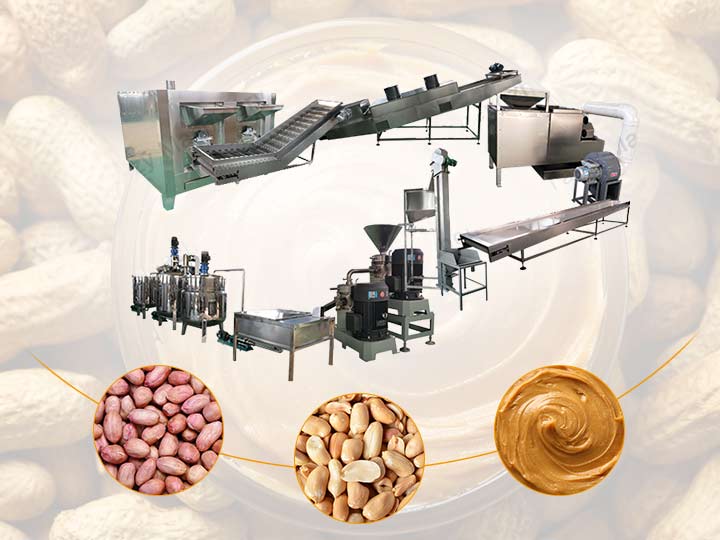Peanut butter production is a topic of great concern to many peanut products practitioners. Because peanut butter accounts for the largest proportion of peanut products in the world, it is necessary to understand the production of peanut butter to make high-quality peanut butter. Next, we will tell you the peanut butter manufacturing process.
How is peanut butter produced?
Roasting
To produce peanut butter, roasting the peanuts is the first step. Dry roasting is the process of heating dry food without using oil or water. During roasting, the peanuts are continuously rolled into the peanut roasting machine. This action can allow the nuts to roast evenly.
Taizy’s peanut roasting machine has electric, gas, and electromagnetic heating methods, that you can choose according to your own needs. Peanuts roasted with our machine will not destroy the integrity of the peanut granules. In addition, the peanut butter maker has an intelligent control panel, which can automatically control the time and temperature of peanut roasting.
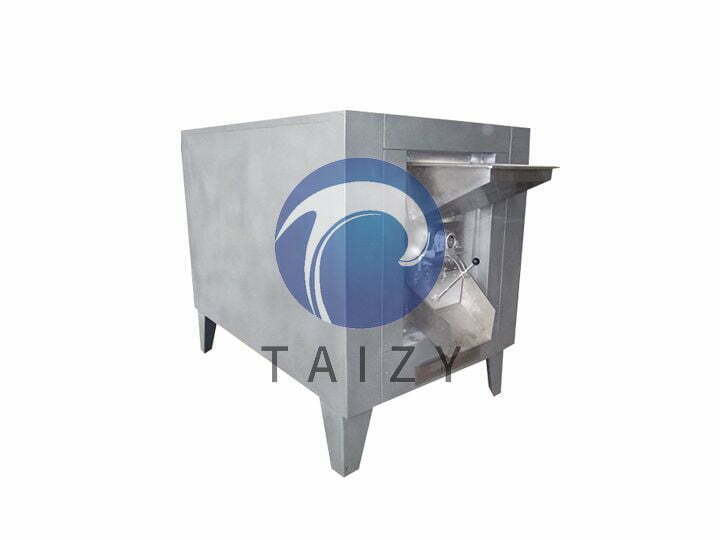
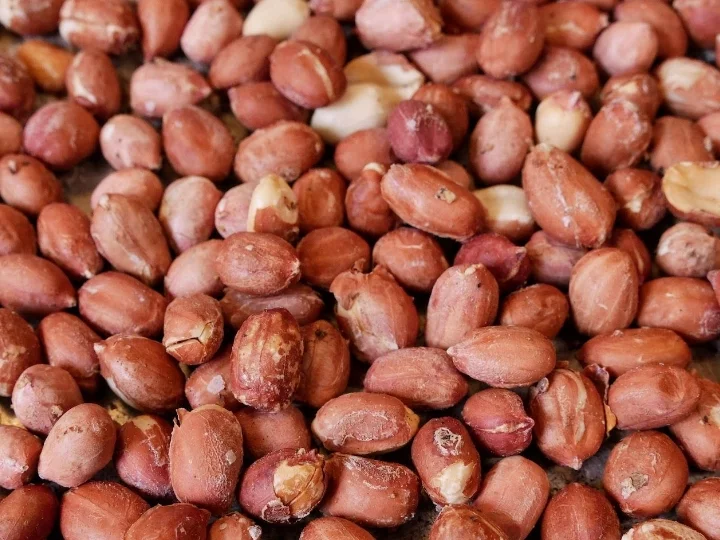
Cooling
To get to the next step of peanut butter production faster. The roasted peanuts need to be cooled. The peanut cooler played a big role at this time. The upper fan of the stainless steel cooler can blow downward, and the lower fan can draw air sideways. This design can accelerate cooling and control dust.
Peeling
We all know that peanut beans have a red coating on the outside. Peanut butter made without peeling will greatly affect the taste of peanut butter. So to get the best-tasting peanut butter, peeling the peanuts is one of the most important steps.
In peanut butter making process, we need a high-quality peanut half cutting machine to remove the peanut coating. This peanut processing machine not only removes the coating from the peanuts but also cuts the peanuts in half and separates the embryos. The reason for removing the embryos is that the bitter taste of the embryos affects the taste of peanut butter.
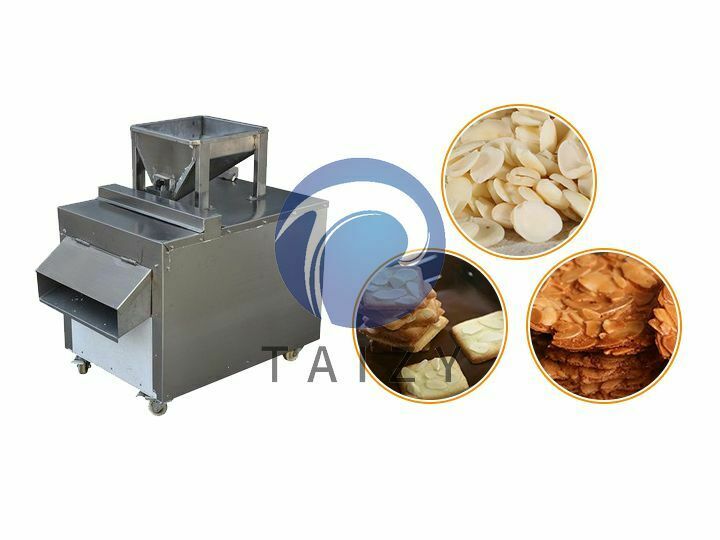
Grinding
The next step is the most important in whole peanut butter production – grinding. Here we need to use a peanut butter grinder, which is widely used to grind all kinds of nuts into butter, such as sesame, walnut, and other nuts. The peanut butter grinding machine has a return pipe to prevent the grinding from being fine enough after the first grinding, to facilitate the second grinding. After grinding twice, you can get peanut butter with 120 mesh – 150 mesh fineness.
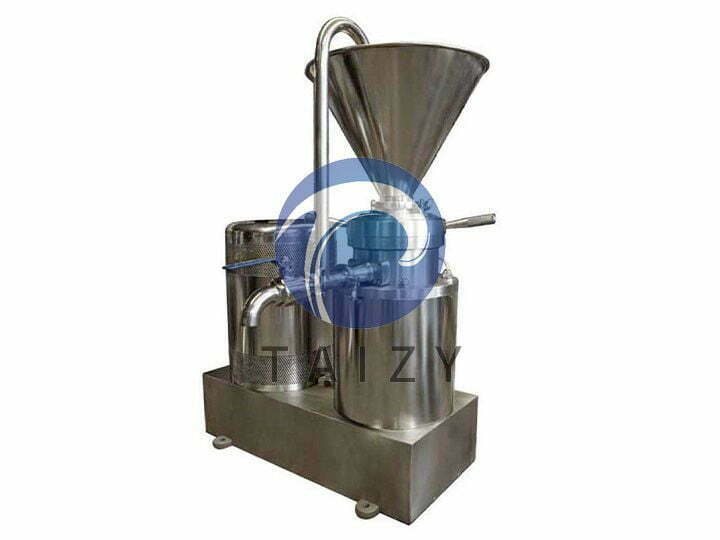
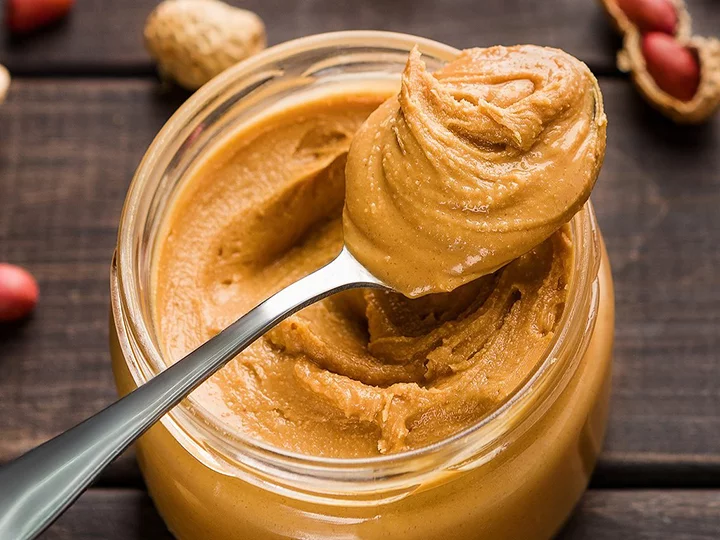
Mixing
Next, it enters the mixing link. In this step, seasonings such as sugar, salt, and honey can be mixed with peanut butter to make the taste of peanut butter more unique and delicious.
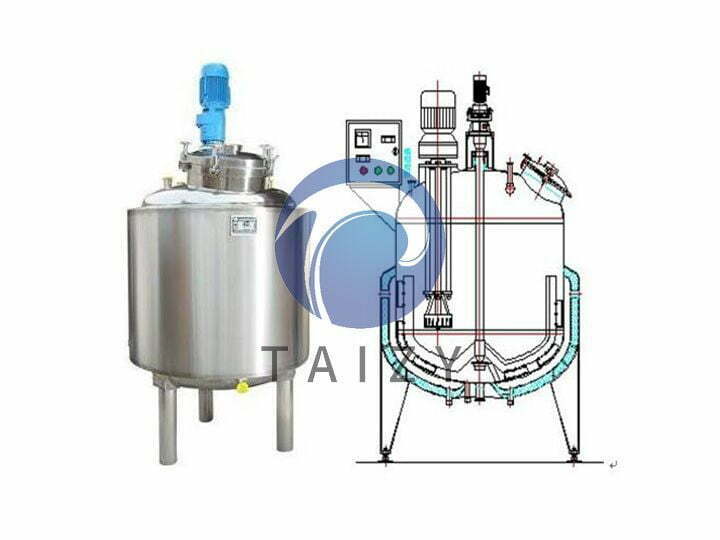
Filling
Finally, we need to fill and put the peanut butter into a bottle. This is a semi-automatic peanut butter filling machine. We also have a full-automatic filling machine for you to choose from. With the help of a peanut butter packer, you can pour the peanut butter into the bottle easily. In addition, we can fill different yields of peanut butter according to your requirements.
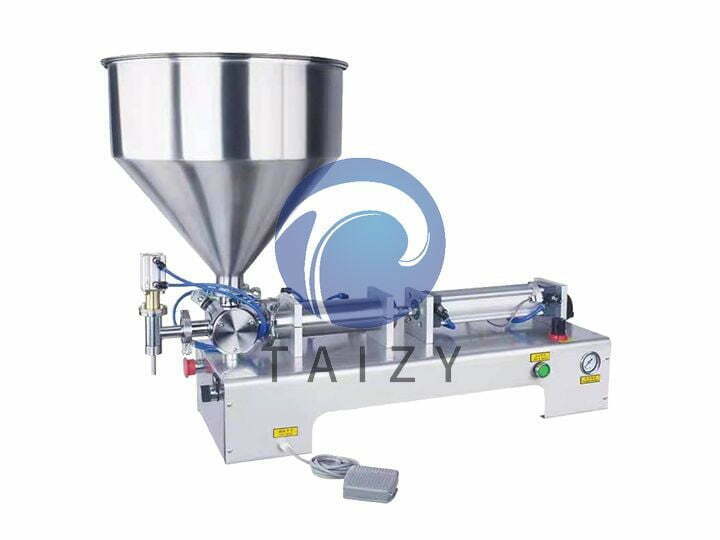
Machine for peanut butter production
As you can see from the above, the machines for peanut butter production include peanut roaster machines, peanut coolers, peanut peeling machines, peanut butter grinders, mixers peanut butter filling machines, and many other peanut processing machines. If you want to learn more information about the process of making peanut butter, please feel free to contact us.
Characteristics of peanut butter production line
- All peanut butter making machines are made of food machinery materials, which fully meet the food safety and hygiene standards
- Made of stainless steel, the quality of the peanut butter production machine is reliable
- Flow production, high degree of mechanization
- Simple disassembly and easy cleaning
- The specific peanut butter making process and capacity can be customized according to customer requirements
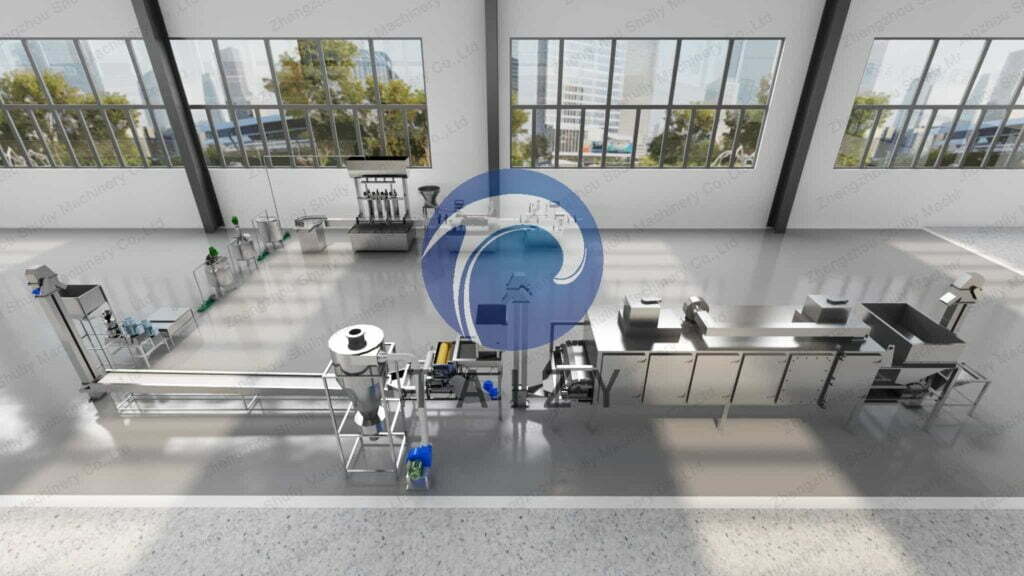
Ingredients used in making peanut butter?
The primary ingredient used in making peanut butter is roasted peanuts. In the peanut butter manufacturing process, manufacturers might add small amounts of salt, sweeteners (like sugar or honey), and stabilizers (like vegetable oils). Some varieties of peanut butter might include additional ingredients such as hydrogenated oils for improved spreadability. However, natural peanut butter typically contains just peanuts and salt.

Are additives used in commercial peanut butter production?
Yes, additives are commonly used in commercial peanut butter production. These additives can include stabilizers (such as vegetable oils) to improve shelf life and texture, emulsifiers to prevent oil separation, and small amounts of salt and sweeteners for flavor enhancement.
Some commercial brands may also use hydrogenated oils to achieve a smoother texture and longer shelf life. However, there are also natural and organic peanut butter options available that avoid or minimize the use of additives.
